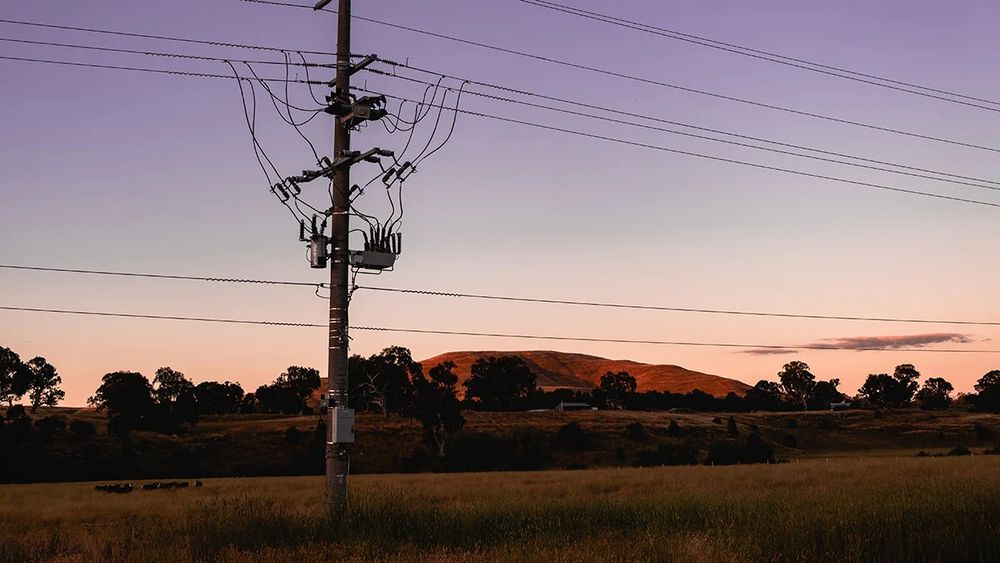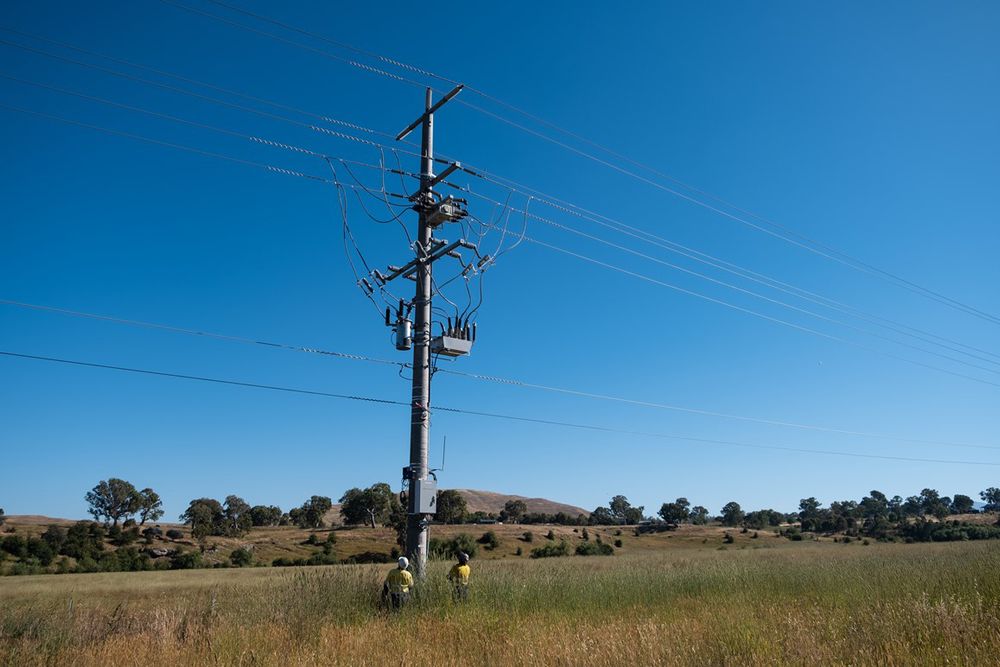Technical Article
Published 01/2023
How to Save on Maintenance of Pole Mounted Reclosers

Routine maintenance is the primary operation cost for modern reclosers. Legacy engineering practice uses a regular predetermined schedule, with intervals ranging from 18 months to 5 years. However, advances in product technology in systems such as NOJA Power’s OSM Recloser mean that legacy maintenance intervals often find very little to maintain on the equipment, introducing unnecessary costs.
The emergence of self-diagnosis and condition based maintenance in modern equipment offers significant cost savings, and two key features in the NOJA Power OSM Recloser that assist this practice are device self-diagnostics and the Automatic Battery Test feature.
Self-Diagnostic Device
NOJA Power’s OSM Recloser runs internal diagnostics on equipment condition. Any emerging issues in the device, such as auxiliary supply power quality issues, are flagged as a “warning” event log item, and change the status of the control system. This status can be reported remotely via SCADA.

With remote access to device condition, network operators can transition from scheduled maintenance to maintenance-on-demand. This reduces the maintenance burden for teams, saving cost in network operation.
Auto-Battery Test
Invariably, the most common reason for operators to visit a NOJA Power OSM Recloser in the field is to replace the Uninterruptable Power Supply (UPS) battery.
The OSM Reclosers’ RC series control cubicle uses a Lead Acid battery, as it is reliable across a wide temperature range and is mostly recyclable with a well established supply chain.
Lead acid battery life is far less than the RC cubicle itself, however the battery life is a function of environment, primarily temperature. Since temperature can be variable, a scheduled maintenance interval can cause waste, as batteries are replaced before they are needed, or can cause interruptions if they are not replaced early enough.

However, NOJA Power RC Series controllers are capable of running a scheduled Auto Test. This test applies an impedance across the battery terminals for a predetermined duration of a few minutes, and checks the batteries’ voltage trace. Based on this information, the controller can assert whether the battery is within specification, or requires replacement. A failed battery test provides a warning flag to the system, which can also be reported by SCADA.
Network operators can schedule maintenance for NOJA Power OSM Reclosers based on the battery condition, ensuring only suspect batteries are replaced/visited.
The battery auto-test can also be manually initiated from the controller on site, allowing field techs to check battery status before considering a battery replacement.
“We pride ourselves on providing a highly reliable product,” says NOJA Power Group Managing Director Neil O’Sullivan.
“Over the 21 years of our operation we have applied a policy of continuous improvement and the products we are delivering today provide our customers with a high level of reliability. They do however require maintenance but by automating condition-based monitoring, maintenance costs can be significantly reduced while ensuring the high level of reliability expected and delivered by our products.”
The Auto-Battery test is available in all current firmware versions of the RC-10, RC-15 and RC-20 Recloser controller. All users of NOJA Power OSM Reclosers are entitled to a complementary firmware upgrade to access this feature, and the firmware is available from www.nojapower.com. For more information, contact your local NOJA Power representative.
Want to stay up to date with Electrical Distribution Technology?
Join our list for a free weekly technical bulletin, as we share our Global Electrical Engineering experience directly to your inbox.
Subscribe →